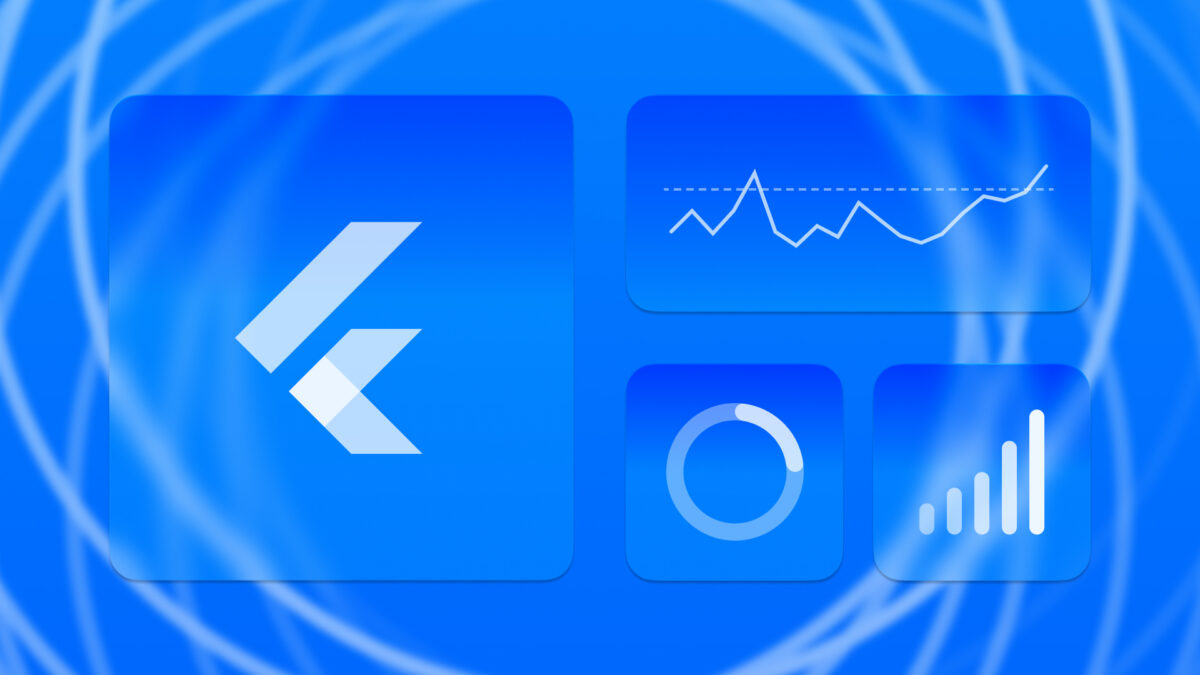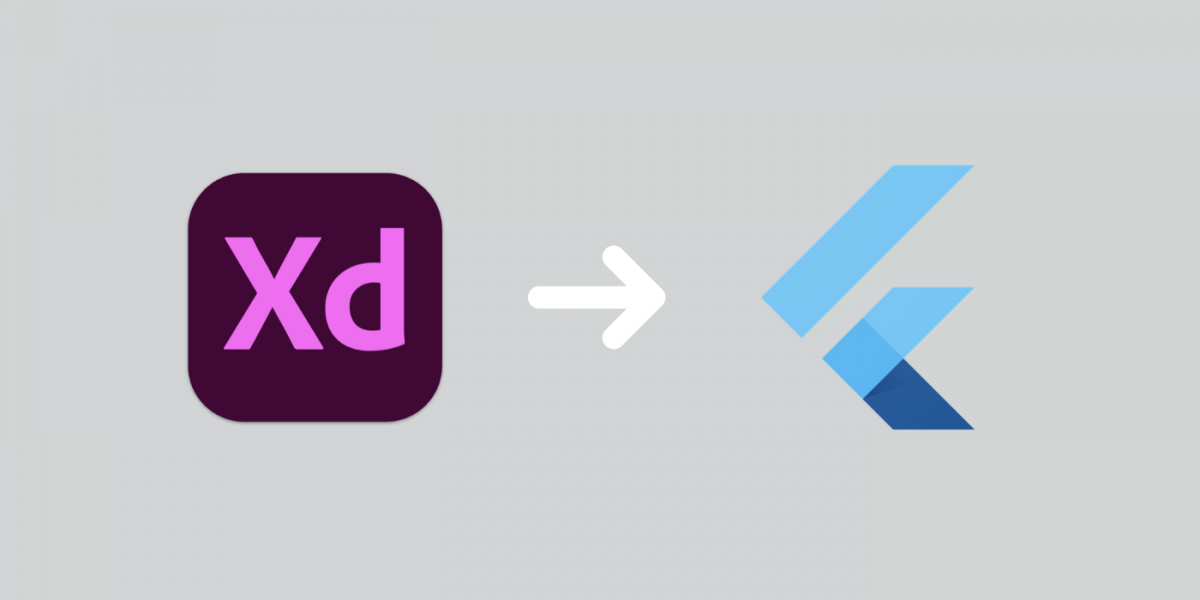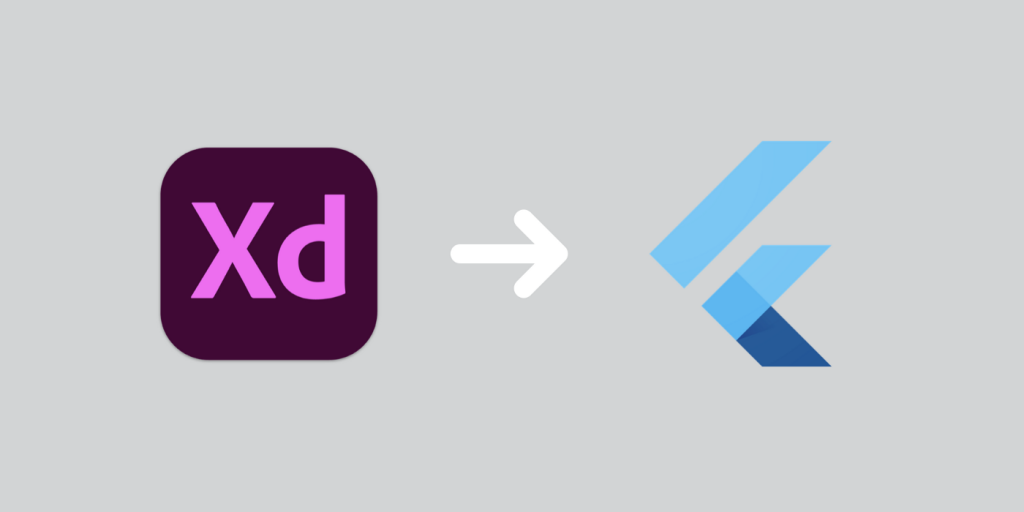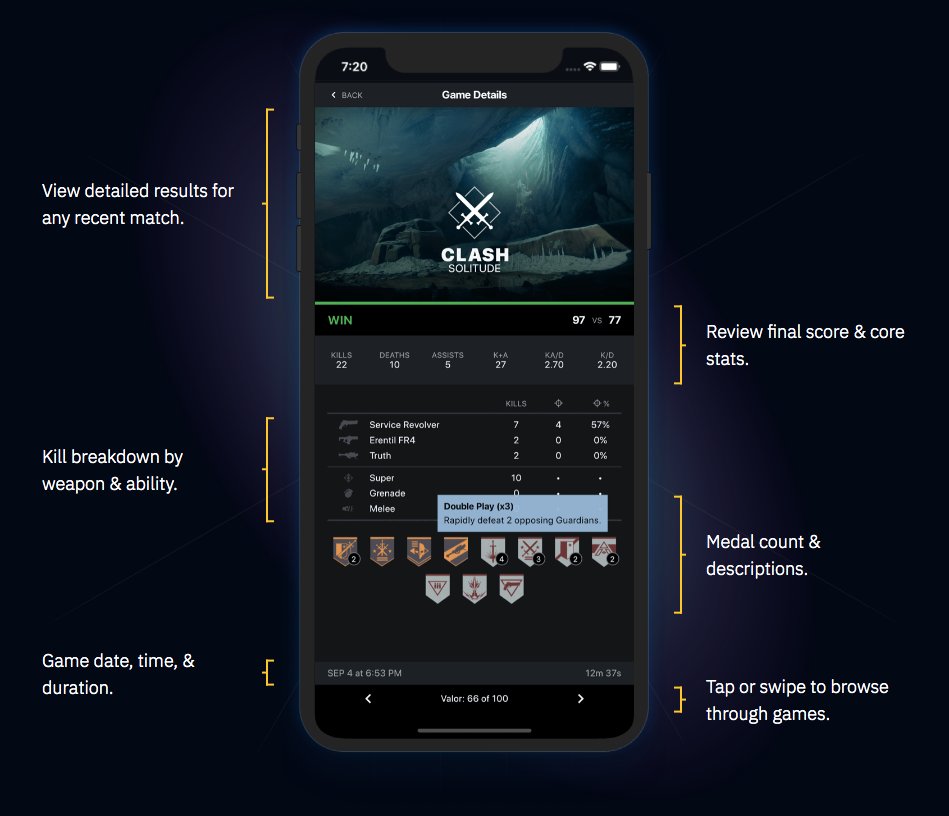Last year the Flutter Team released an excellent codelab that explained the process of adding an iOS or Android “Home Widget” to your Flutter app. As it turns out, it’s surprisingly easy!
Adding Widgets is a fairly happy path as they can be added using the built-in UI flows in XCode or Android Studio. The development can also be done in the respective IDEs, complete with robust code-hinting, debug and hot(ish) reload support!
Continue reading →






